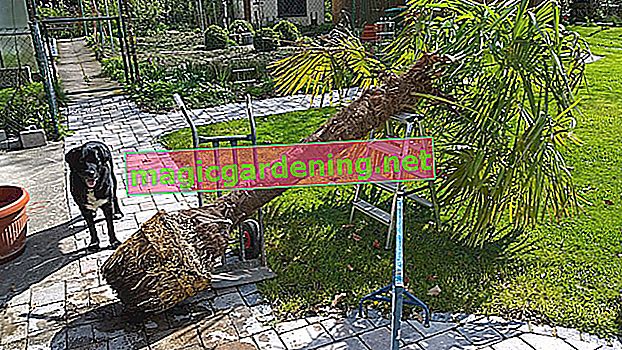
Choosing the right variety
Basically (almost) all sorts of Japanese maple can be cultivated in one bucket - provided, of course, that it is big enough. Naturally, however, the dwarf varieties are best, including popular varieties such as 'Kamagata', 'Kotohime' and various 'Dissectum' maples such as 'Garnet'. By the way, red Japanese maple is particularly interesting, with its brightly colored leaves it is not only an impressive eye-catcher in autumn.
also read
- Propagating Japanese maple takes patience and care
- Japanese maple - good care for a particularly beautiful leaf color
- Ivy also cuts a fine figure in a pot or bucket
Location and substrate
Japanese maples prefer different locations depending on the variety. Some of these exotic species like it very sunny, others feel more comfortable in the light penumbra. Fortunately, in this case, keeping them in a bucket has the advantage that - in contrast to planted specimens - the location remains variable. The pot simply has to be moved if necessary. For this, however, it is important to pay special attention to the substrate in the pot.
Plant the Japanese maple in a tub
The ornamental tree likes it nice and damp, but absolutely does not tolerate waterlogging. For this reason, when planting or repotting you should not only pay attention to the right substrate, but also to good drainage. A mixture of loose, humus-rich potting soil, coarse sand and expanded clay (€ 17.50 on Amazon *) or clay granulate is suitable as a potting soil.
- Choose a pot that is as deep and wide as possible with a water drain on the bottom.
- The planter should be about twice the size of the root ball.
- Place some pottery shards over the drain hole to avoid silting up.
- A layer of expanded clay or clay granules several centimeters thick is placed on top.
- Only now do you fill the plant substrate into the pot.
Proper care
When it comes to watering and fertilizing, the following applies to Japanese maples: less is more. You should of course use fertilizers more often than with planted specimens, because pot maples - unlike others - cannot take care of themselves. Ideally, a good complete fertilizer or a special maple fertilizer is used about every three to four weeks; organic fertilizers are also very suitable. Prune Japanese maples as little as possible.
Tips
Also in contrast to planted specimens, Japanese maples need good winter protection in the bucket, otherwise the sensitive roots will freeze to death in severe frost and the plant will perish.








